Shuchismita Biswas
A Model-Agnostic Method for PMU Data Recovery Using Optimal Singular Value Thresholding
Aug 06, 2021
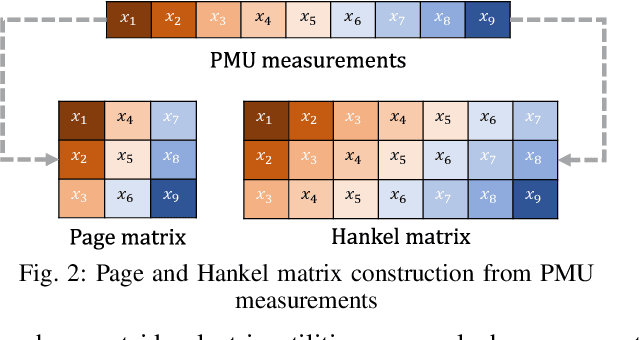
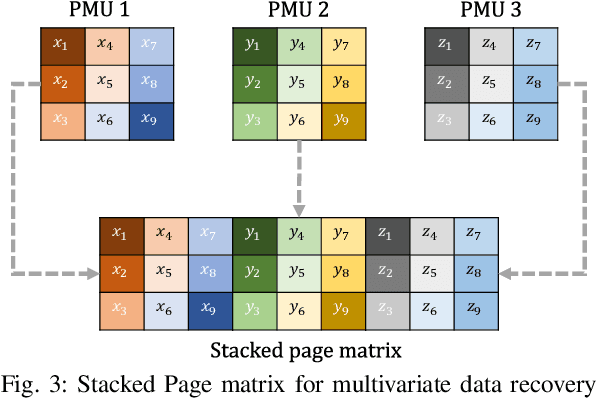

Abstract:This paper presents a fast model-agnostic method for recovering noisy Phasor Measurement Unit (PMU) datastreams with missing entries. The measurements are first transformed into a Page matrix, and the original signals are reconstructed using low-rank matrix estimation based on optimal singular value thresholding. Two variations of the recovery algorithm are shown- a) an offline block-processing method for imputing past measurements, and b) an online method for predicting future measurements. Information within a PMU channel (temporal correlation) as well as from different PMUchannels in a network (spatial correlation) are utilized to recover degraded data. The proposed method is fast and needs no explicit knowledge of the underlying system model or measurement noise distribution. The performance of the recovery algorithms is illustrated using simulated measurements from the IEEE 39-bus test system as well as real measurements from an anonymized U.S. electric utility. Extensive numeric tests show that the original signals can be accurately recovered in the presence of additive noise, consecutive data drop as well as simultaneous data erasure across multiple PMU channels.
Deep Neural Network based Wide-Area Event Classification in Power Systems
Aug 24, 2020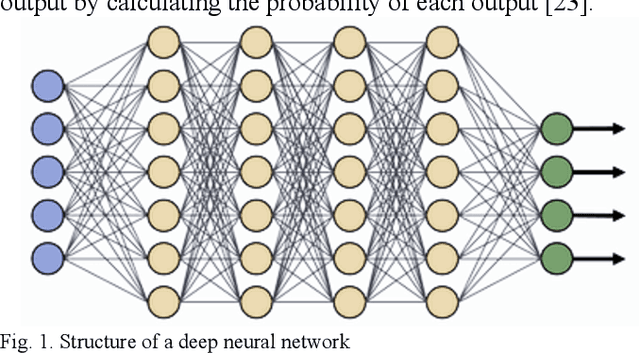
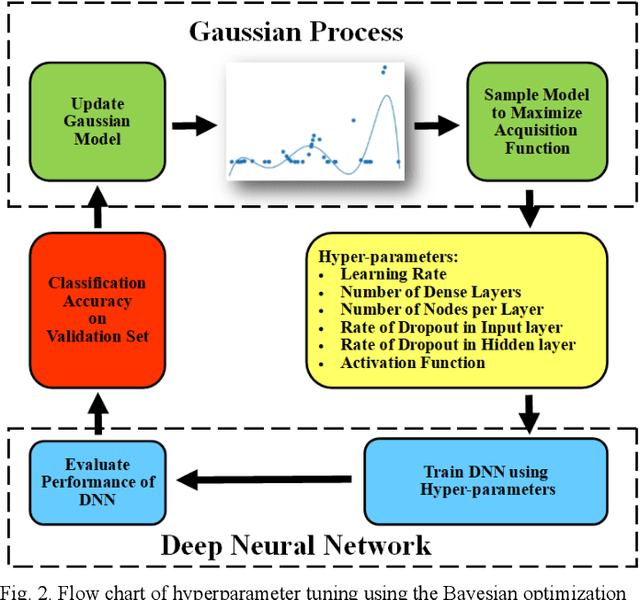
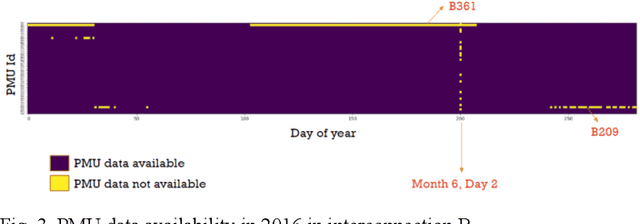
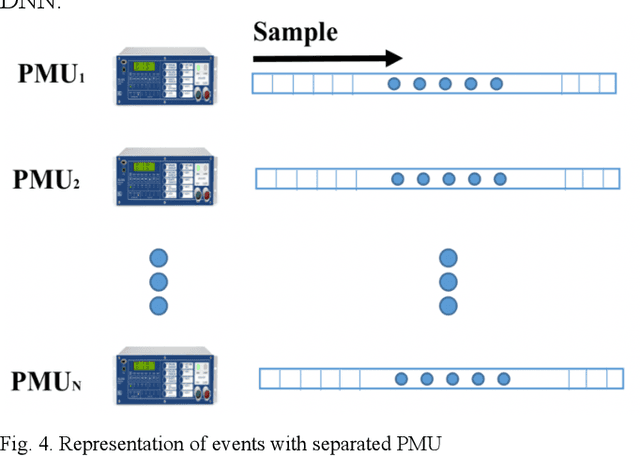
Abstract:This paper presents a wide-area event classification in transmission power grids. The deep neural network (DNN) based classifier is developed based on the availability of data from time-synchronized phasor measurement units (PMUs). The proposed DNN is trained using Bayesian optimization to search for the best hyperparameters. The effectiveness of the proposed event classification is validated through the real-world dataset of the U.S. transmission grids. This dataset includes line outage, transformer outage, frequency event, and oscillation events. The validation process also includes different PMU outputs, such as voltage magnitude, angle, current magnitude, frequency, and rate of change of frequency (ROCOF). The simulation results show that ROCOF as input feature gives the best classification performance. In addition, it is shown that the classifier trained with higher sampling rate PMUs and a larger dataset has higher accuracy.
DeVLearn: A Deep Visual Learning Framework for Localizing Temporary Faults in Power Systems
Nov 09, 2019


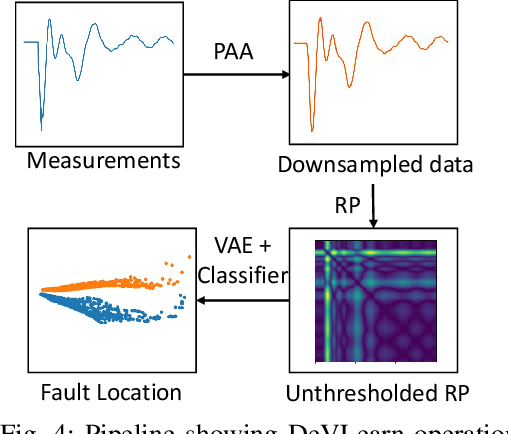
Abstract:Frequently recurring transient faults in a transmission network may be indicative of impending permanent failures. Hence, determining their location is a critical task. This paper proposes a novel image embedding aided deep learning framework called DeVLearn for faulted line location using PMU measurements at generator buses. Inspired by breakthroughs in computer vision, DeVLearn represents measurements (one-dimensional time series data) as two-dimensional unthresholded Recurrent Plot (RP) images. These RP images preserve the temporal relationships present in the original time series and are used to train a deep Variational Auto-Encoder (VAE). The VAE learns the distribution of latent features in the images. Our results show that for faults on two different lines in the IEEE 68-bus network, DeVLearn is able to project PMU measurements into a two-dimensional space such that data for faults at different locations separate into well-defined clusters. This compressed representation may then be used with off-the-shelf classifiers for determining fault location. The efficacy of the proposed framework is demonstrated using local voltage magnitude measurements at two generator buses.
 Add to Chrome
Add to Chrome Add to Firefox
Add to Firefox Add to Edge
Add to Edge